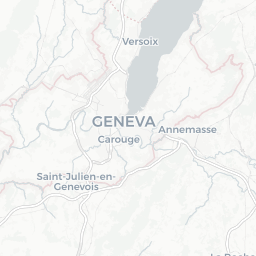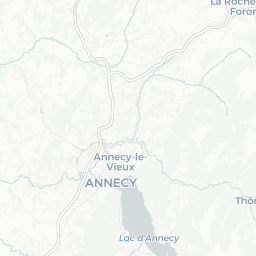Geneva is small, cute and overpriced - the capital of peace
9 comments
When I arrived in Geneva, I planned to cover the most important parts of the city on foot and by public transport in order to get an idea of what the city has to offer. First I headed to the shores of Lake Geneva, because I wanted to see what the central part of the city looked like by the water. I walked along the promenade that runs along the coast and watched the Jet d'Eau, the famous fountain that shoots water high into the air. I got as close to her as possible, lingered for a while watching people stop to take photos of her, and continued on towards the harbor.Walking along the coast, I reached the Englischer Garten, where I stopped to look at the Horloge Fleurie, a famous clock made of flowers. I spent a few minutes there watching the light change and the tourists coming up to take photos. After that, I headed towards the old part of the city, which is located on a hill and is easy to find by following the streets that lead uphill.In the old part of the city, I first visited the Saint-Pierre Cathedral. I climbed the tower to have a view of the city and the lake. The view helped me understand the layout of the streets and major landmarks. After coming down from the cathedral, I visited the Bourg-de-Four square, one of the oldest squares in Geneva. I stopped there to drink coffee and watch the people passing by.From the old town, I headed towards the house of Jean-Jacques Rousseau, where the philosopher was born. I stopped in front of the building and read some information about his life and work. I then sat down on a nearby bench and made a plan for where to go next.


















After that, I went down towards Ronsard Street and continued to the banks of the Rhône River. I observed the course of the river and the bridges connecting the two parts of the city. I crossed the Pont de la Machine and stopped at a building that today serves as an urban cultural point. After a short tour, I continued to the Pont du Mont-Blanc bridge, which overlooks the lake and the fountain.From there I headed towards the international zone. I crossed several wide boulevards and arrived at the European headquarters of the United Nations, the Palais des Nations. I walked around the complex and looked at the Broken Chair sculpture in front of the main entrance. I lingered at that location because it is a focal point for visitors.After that, I continued towards the Red Cross and Red Crescent Museum, which is located nearby. I spent about an hour in the museum visiting the permanent exhibition. After leaving the museum, I headed towards Ariana Park, which surrounds the Palace of Nations. I found a park bench and took a break before continuing on.











I also saw a broken chair as a memorial.The Broken Chair is a massive sculpture 12 meters tall and made of 5.5 tons of wood.The sculpture is the work of Swiss artist Daniel Berset, which stands as a reminder of the victims of landmines and cluster bombs.



In the evening I returned again to the shore of the lake, but this time I crossed to the opposite side,
towards the Park of La Grange and the Park of Eaux-Vives. I walked between the tree lines and the grassy areas. From the shore there is a view of the lake and the docked ships. I spent some time watching the intensity of the light change as dusk approached.When night began to fall, I returned to the city center again. I passed several office buildings and luxury shops in the streets around Rue du Rhône. I stopped there to look at the windows and see what the atmosphere was like in the evening. I then continued towards Cornavin railway station, to complete the circuit I had started in the morning.












Thank you for reading my post. All the best
Dragan





Comments